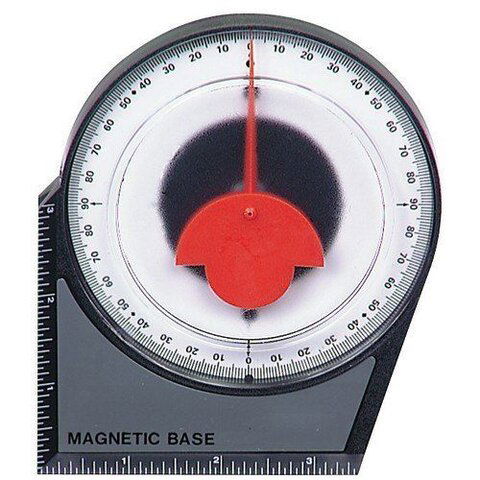Hello everyone, I'm new to FTA (and this forum).
I just received the delivery of WS9036 and the 9120 motor. I haven't actually started the actual installation, but have started mock-assembling the pieces together. There's one thing that still confuses me: how exactly do I set the dish declination angle? I mean, based on my latitude, I figured out my dish declination angle to be roughly 6.5 deg, so my dish elevation, with that motor, is (40 - 6.5) = 33.5 degrees – now, the problem is the angle scales/notches on the dish bracket don't have any markings/numbers - how do I know what position corresponds 33.5 deg elevation? (what's the range, from leftmost to rightmost notch)
I'm looking forward to putting these things together this weekend, would appreciate any pointers here. I'm sure this has been discussed before, my apologies - I've searched all over and none the discussions talk not about the physical elevation setup I'm looking for… or maybe I'm missing something here.
I just received the delivery of WS9036 and the 9120 motor. I haven't actually started the actual installation, but have started mock-assembling the pieces together. There's one thing that still confuses me: how exactly do I set the dish declination angle? I mean, based on my latitude, I figured out my dish declination angle to be roughly 6.5 deg, so my dish elevation, with that motor, is (40 - 6.5) = 33.5 degrees – now, the problem is the angle scales/notches on the dish bracket don't have any markings/numbers - how do I know what position corresponds 33.5 deg elevation? (what's the range, from leftmost to rightmost notch)
I'm looking forward to putting these things together this weekend, would appreciate any pointers here. I'm sure this has been discussed before, my apologies - I've searched all over and none the discussions talk not about the physical elevation setup I'm looking for… or maybe I'm missing something here.


